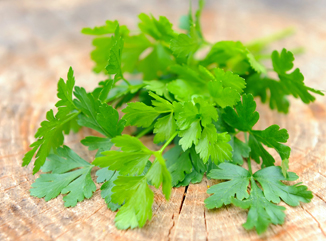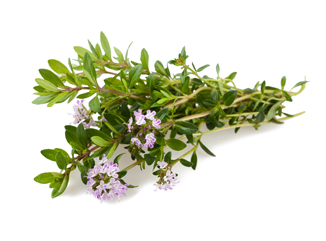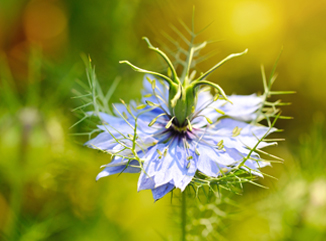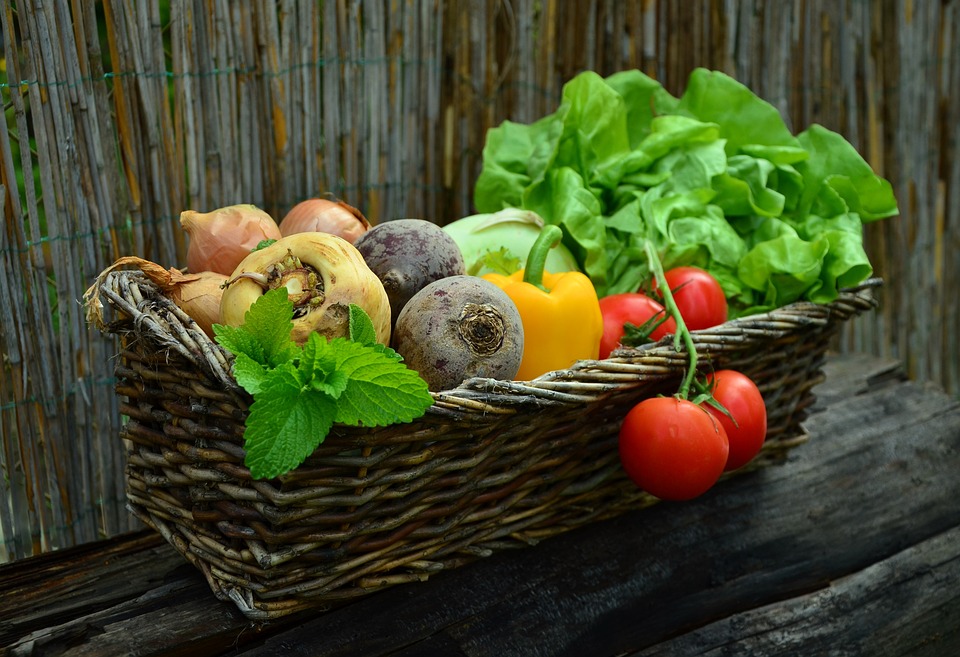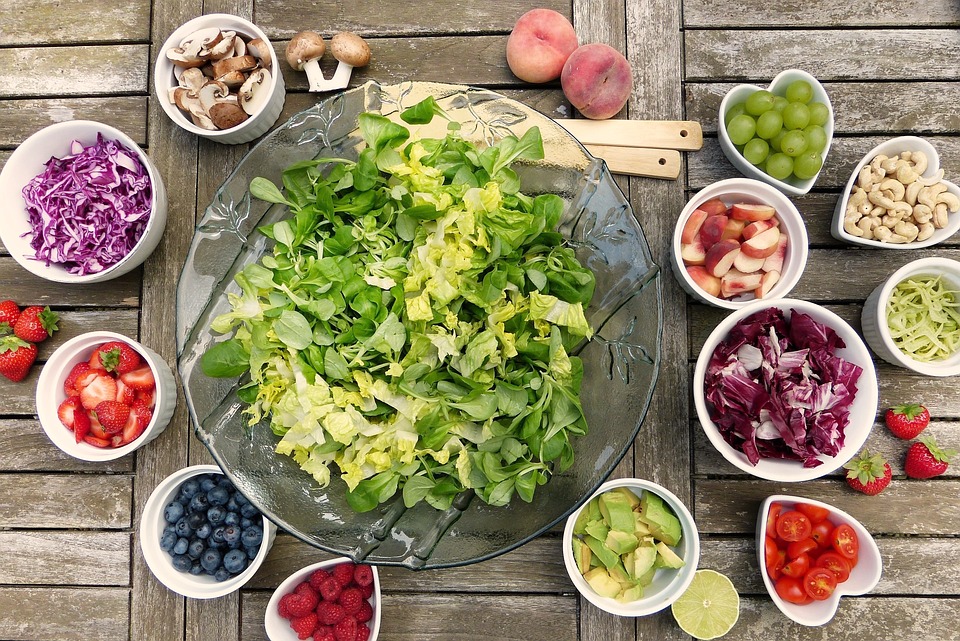Guide for Sowing Parsley (Petroselinum crispum) from Seeds
Parsley is a popular herb in the kitchen and can be easily grown in the garden or in pots on a balcony or windowsill. Here’s a detailed step-by-step guide for successful parsley sowing and care:
1. Preparing the Seeds
- Soak the seeds: Parsley seeds germinate slower than many other herbs. To speed up germination, you can soak the seeds in lukewarm water for about 24 hours before sowing.
2. Choosing the Location
- Sunny to partially shaded spot: Parsley prefers a location with at least 4 to 6 hours of sunlight per day, but it also does well in partial shade.
- Soil conditions: It thrives best in nutrient-rich, loose, and well-drained soil. The pH level should be neutral to slightly acidic (pH 6-7).
3. Sowing Time
- Spring (March to May): Parsley is typically sown in the spring. You can sow it directly outdoors or in pots.
- Autumn (September): Sowing in autumn is also possible if conditions are mild.
4. Sowing
- Row or broadcast sowing: You can sow the seeds in rows (about 20 cm apart) or scatter them across the soil.
- Sowing depth: Lightly cover the seeds with soil (around 1 cm), as parsley seeds need darkness to germinate.
- Spacing: Leave about 10 to 15 cm between plants to give them enough room to grow.
5. Watering
- Consistent moisture: Keep the soil consistently moist during germination, but avoid waterlogging. Parsley doesn’t like overly wet soil, but drought can also stunt its growth.
- Gentle spraying: During the first few weeks, it’s best to water gently with a fine spray to avoid washing away the seeds.
6. Germination Time
- Patience is key: Parsley seeds take relatively long to germinate, about 2 to 4 weeks. Soaking the seeds beforehand can reduce the germination time.
7. Care After Germination
- Weed control: Keep the beds or pots weed-free, as parsley doesn’t do well with competing plants.
- Fertilizing: Apply organic fertilizer or compost every few weeks to provide nutrients. Avoid over-fertilizing, as this can harm the plants.
- Watering: Ensure the soil stays evenly moist, but not soggy. Water regularly, especially in summer.
8. Harvest
- Harvest time: Parsley can be harvested about 10 to 12 weeks after sowing. Cut the stems close to the ground to encourage regrowth.
- Harvest outer leaves: Start by harvesting the outer leaves and work your way inward. This keeps the plant strong and allows it to keep growing.
9. Care Tips
- Mulching: To retain soil moisture and suppress weeds, you can mulch around the plants.
- Pests and diseases: Parsley is relatively resistant to pests, but watch for aphids and slugs. Fungal diseases can occur if the soil stays too wet.
- Winter protection: Parsley is a biennial plant. In the first year, it produces leaves, and in the second year, it flowers and produces seeds. In winter, protect outdoor parsley with brushwood or fleece to help it survive the cold.
10. Special Care for Pot Cultivation
- Choose deep pots: Use pots that are at least 20 cm deep, as parsley develops deep roots.
- Good drainage: Ensure good drainage by placing gravel or broken clay pieces at the bottom of the pot to prevent waterlogging.
Key Takeaways:
- Soak seeds for 24 hours before sowing.
- Choose a sunny or partially shaded location with loose, well-drained soil.
- Sow in spring or autumn.
- Keep soil moist but avoid waterlogging.
- Germination takes 2-4 weeks, so be patient.
- Harvest regularly and fertilize occasionally.
Parsley is relatively easy to care for, and with a little patience, you can enjoy fresh herbs from your garden or balcony for a long time!

